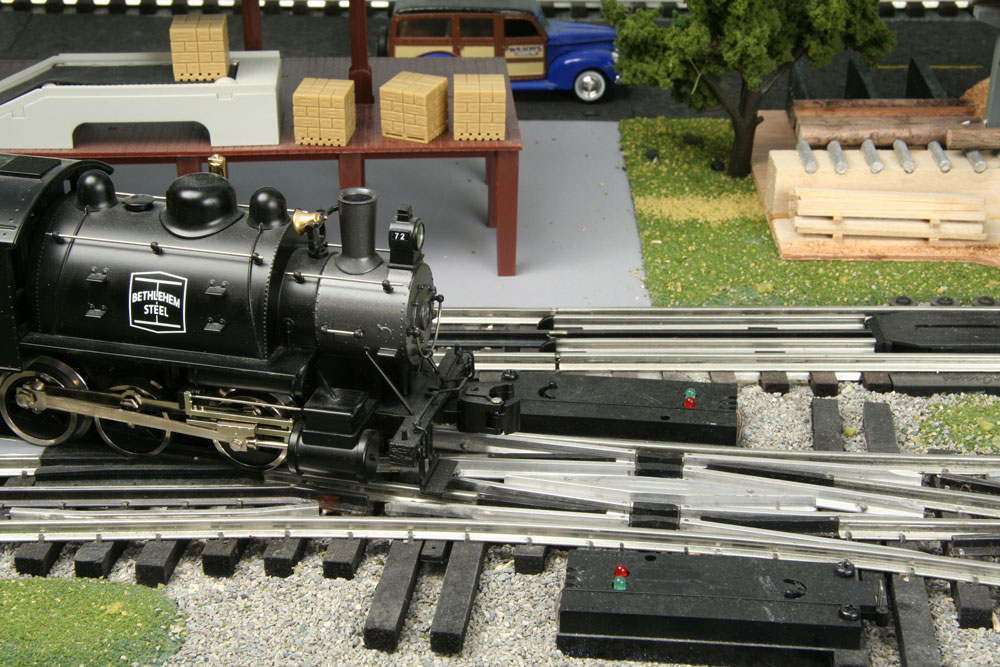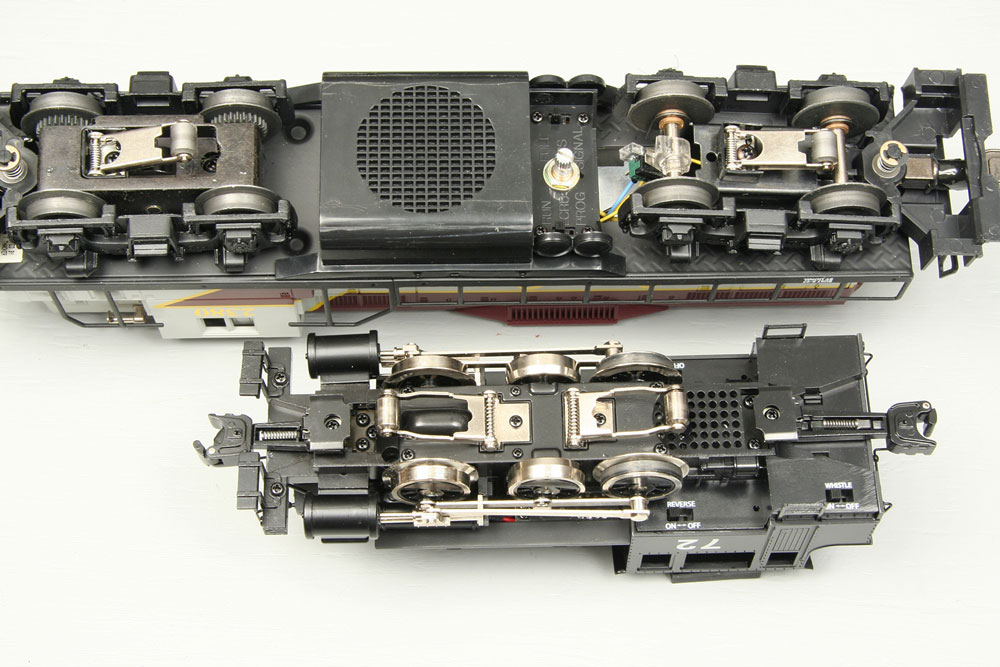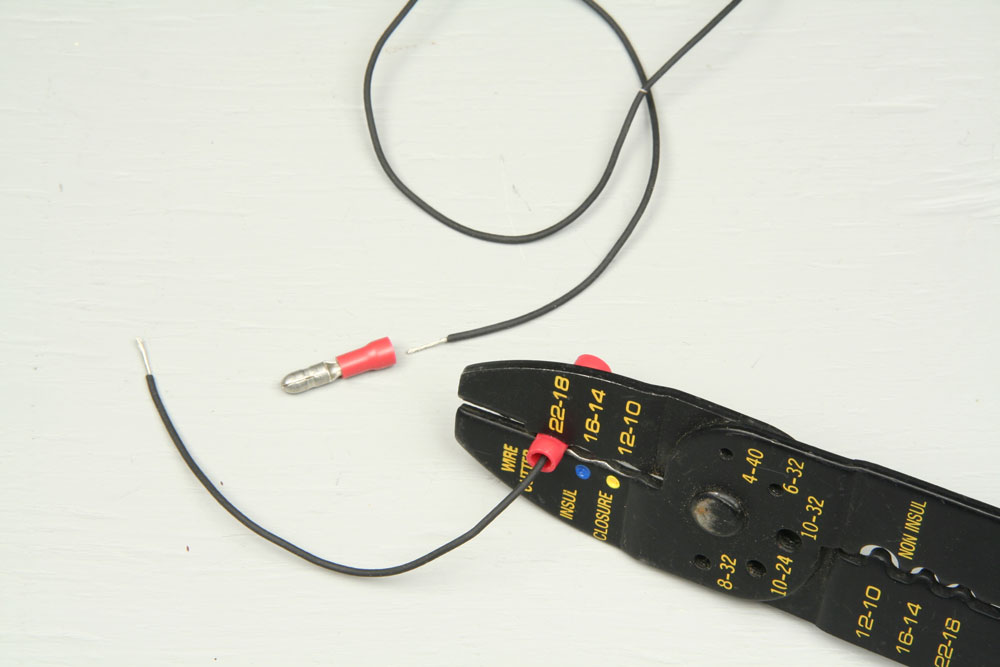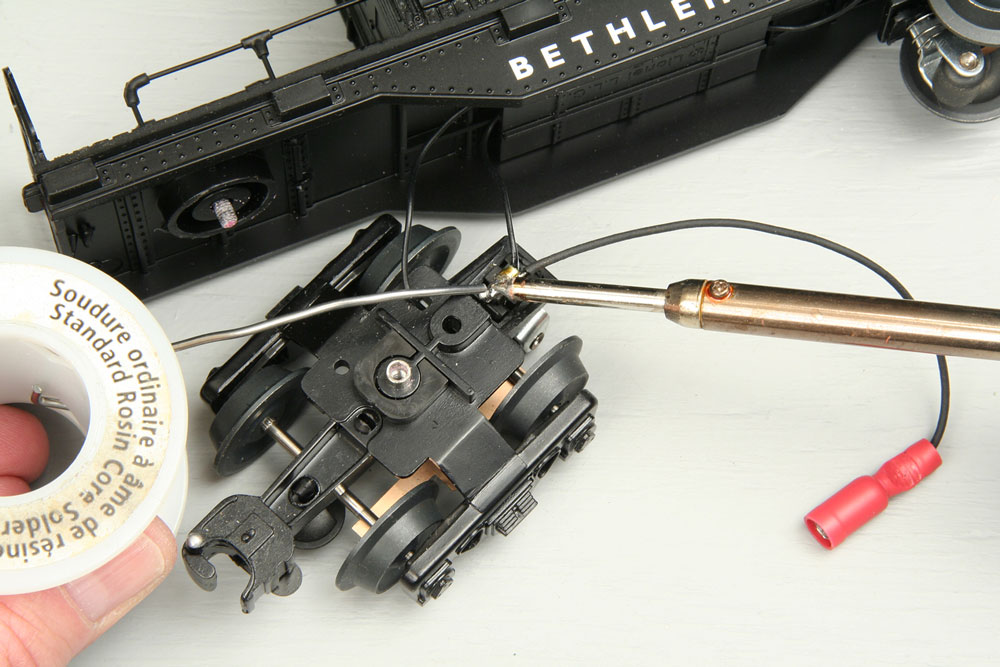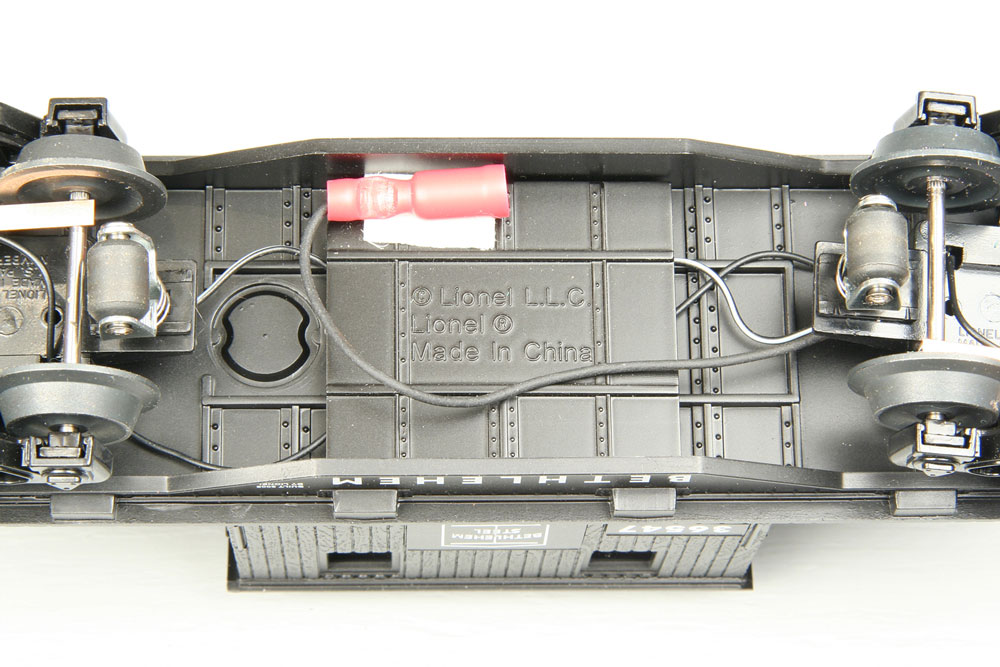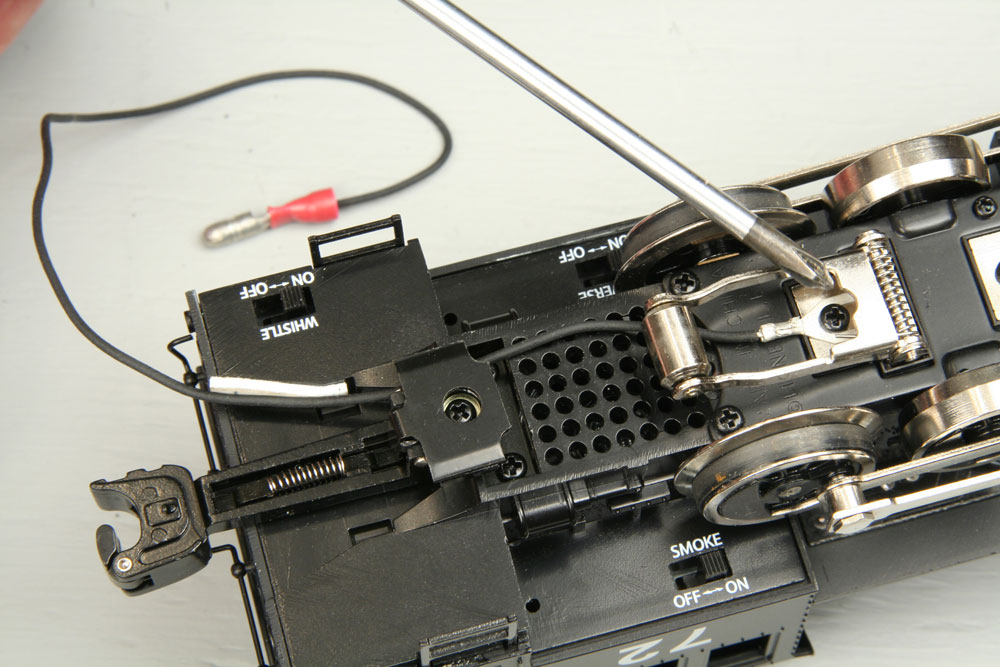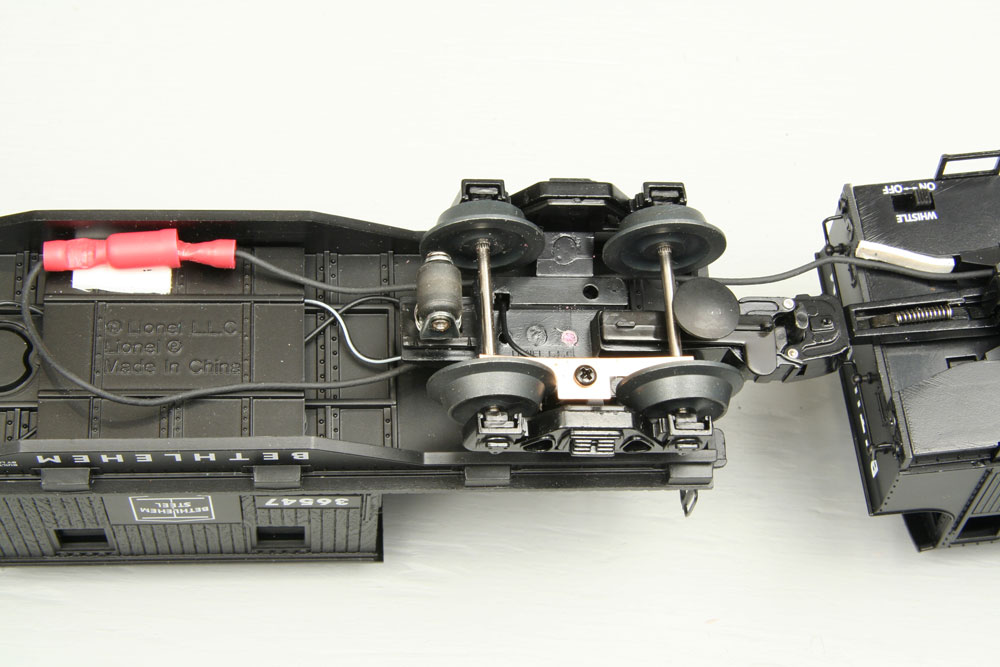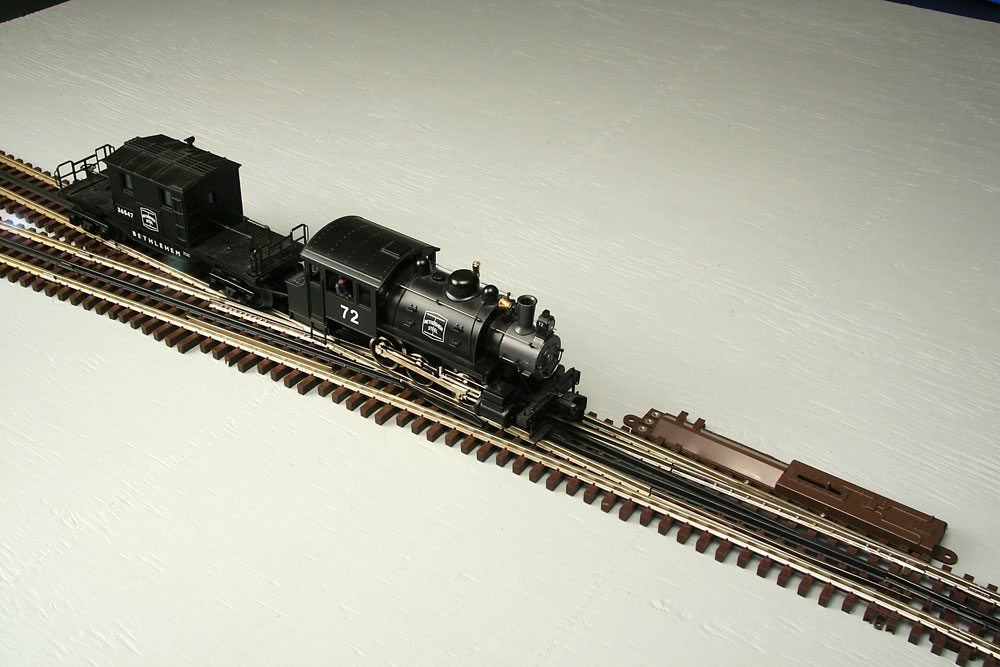Improve short locomotive wiring in 7 steps
By Peter H. Riddle | March 29, 2021
Stuttering through switches can be fixed with this one-night project.
(I'm adding this story I found to help anyone else who is experiencing a problem with short foot print pickups...kk)
I hope it helps.
Some of today’s short-wheelbase locomotives have issues with the prototypical switches and narrow-angle crossings that make an O gauge railroad look realistic. Here’s a quick fix that will allow any locomotive - even this economical Bethlehem Steel saddle tanker from Lionel – to perform reliably over the troublesome trackwork.
Supply list
22- or 24-gauge wire
Male and female solderless connectors
Crimp-on spade connector
Screwdriver
Soldering iron and solder
Two-sided tape
Wire cutter/crimper




